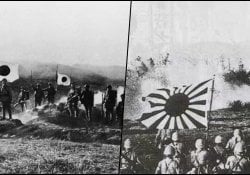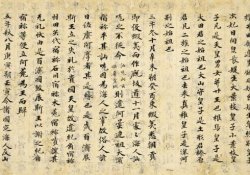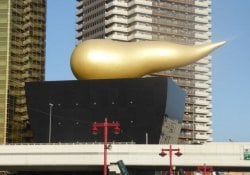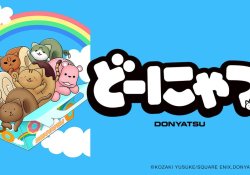Tengu [天狗] are legendary creatures that are said to be a god or a monster. In this article, we will talk about these peculiar creatures of Japanese folklore quite seen in films, games, and anime.
According to reports, Tengo is dressed as Yamabushi, has a red face, a high nose, and wings to fly. It is commonly considered a monster that guides people to the magician and is also called Gaiho-same.
Yamabushi are monks of the Suugendo religion who inhabit mountains.
Índice de Conteúdo
The origin of Tengu
originally the word Tiangu meant a meteor that signaled an evil event in China. A fireball that enters the atmosphere and falls close to the earth's surface often explodes in the air and emits a loud noise.
This celestial phenomenon was compared to a dog that roars and runs into the sky. Chinese Shiji, like Han and Jin, contains articles about Tengu. The Tengu were feared as the star of evil that brought disaster from heaven to earth.
In Buddhism, the word "tiangu" is not originally mentioned in the Three Zangles of the Sutra. However, in Shobho Nenjojo-Jing, volume 19 it says: "At all times, it is said that "At all times, spectral gas is on the rise.
In February 637, in the 9th year of Emperor Seumei's reign, a huge star made a rumbling sound like thunder and ran from east to west in the capital sky. People said it was the sound of a meteor or a land mine.
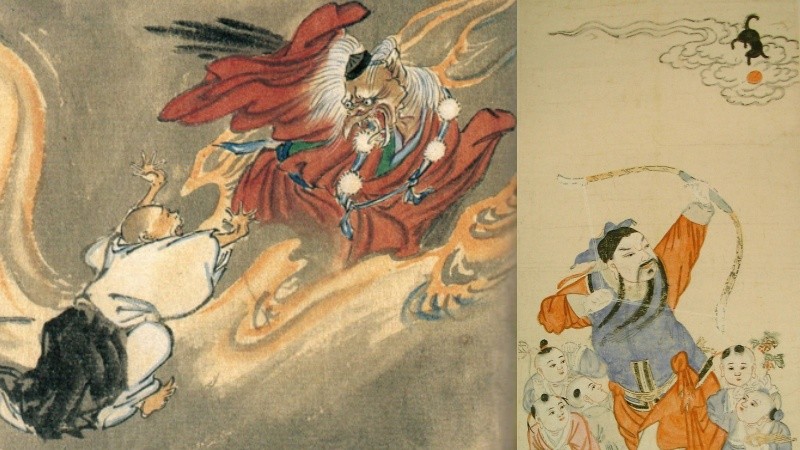
Then the wise monk, Min Min Min, who returned from the Tang Dynasty of China to Japan, said, “It is not a meteor. He said, "It's not a meteor, but a tengu." He repeated himself several times saying that his bark is like thunder.
they were called Tengu no Nihonshoki (Chronicles of Japan) in Asuka period, but after that, there was no record of them being called by that name, and the Chinese view of the creature did not take root in Japan.
From the time of Emperor Seumei until the middle of the Heian period, his character did not appear in any written document. In the Heian period (794-1192), the Tengu reappeared in Japan and were transformed into yokai (monsters).
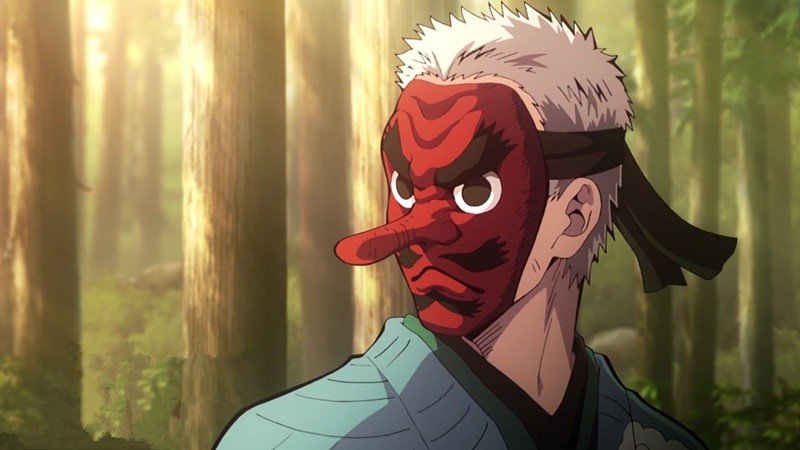
The creation of Tengu
It all started when esoteric Buddhism was introduced to Japan by Kukai and Enchin. The Yamabushi were reincarnated after their deaths as arrogant and selfish profiteers, and the Tengu religion was assumed by some to be a type of the magical world.
On the other hand, the people of the plains feared the mountains as a different world and called the strange phenomena that occurred there the work of the Tengu. From this, people tend to consider him as the mountain god.
There are still some areas where people still call him "Gubin", "mountain man", or "mountain god", referring to various types of Tengu. Today the word [天狗] literally means dog of paradise.
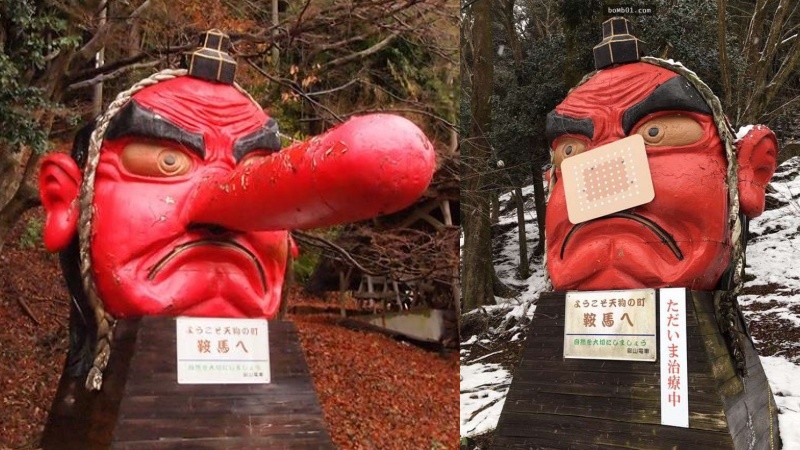
The characteristics of Tengu
Their common features today are high and long nose, red face, dressed like mountain priests, wearing a geta with one tooth and flying free and disorderly, have been interpreted since the Middle Ages.
In fact, Tengu's form in those days was not constant, mostly in the form of monks, but occasionally in the form of children or demons. They were also often taken in the image of a steeplejack as they flew through the air.
Tengu is considered the authority of pride, and the high nose is considered a symbol of this. If you say "I will become a Tengu", it means that you are proud of yourself. In general, they are eager to teach.
In the Middle Ages, in addition to the six paths of Buddhism, there was also the Tengu path, which was supposed to be the hell of Mugen, where they couldn't fall into hell because they studied the Buddhist path and they couldn't go to paradise because they dealt with the Law. of Evil.
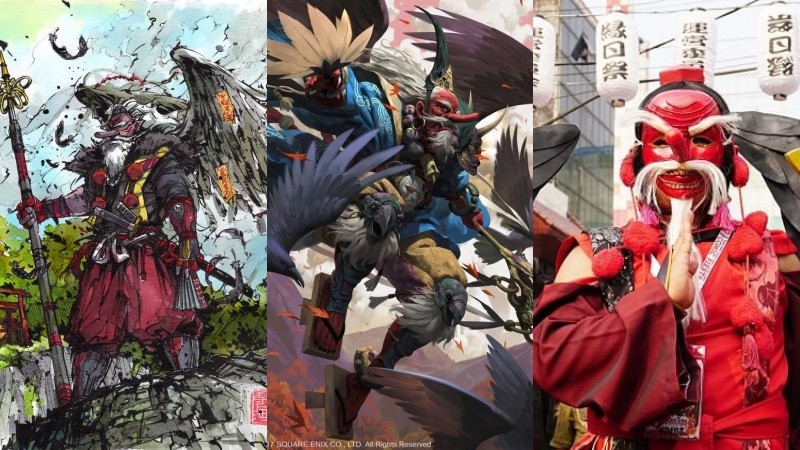
The article is still halfway through, but we recommend also reading:
Types of Tengu
As mentioned, there are several types and forms of Tengu. The general appearance is a red face and large nose, and they are said to have wings and fly in the air. There are also types that appear to be a humanoid or crow.
More obscure regional tengu variants include the Guhin (Guest Dog), which has aspects of trees or canines, the Kawatengu who lives underwater and can create False Flame, and the Shibatengu, which is essentially Kappa by another name.
Throughout history it has gained different names and characteristics, there is Kara, Kotobo and Hatengo. There is even a female version called Onnatengu or Mutengu. Below we will see the main ones:
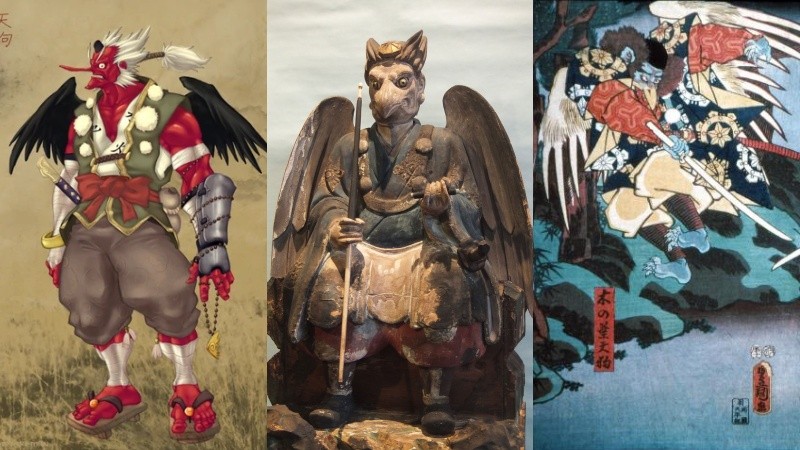
Ootengo or Daitengu
There are several theories, but he is a monster or god who has good and bad sides, a Buddhist priest, and an intern with excellent power who becomes a tengu after his death. Therefore, it is said to have greater control than other Tengu.
These are the types of tengu we are used to seeing in japanese festival masks. They used to kidnap people, torment them but also teach them their skills. Many humans sought them out in order to obtain powers.
Karasutengo or Kotengo
You karasu tengu (烏天狗) has a humanoid body, but a crow's head. He is dressed like a mountain monk and is able to fly at will, also called small [小天狗] or blue [青天狗].
It is named after a crow, but many of them are covered in feathers similar to those of birds of prey. They stood out in handling the sword, and Karasu Tengu of Mount Kurama is said to have taught a young Ushiwakamaru how to use a sword.
They also excel in divine power, and it is said that they used to go down to the capital and rage against each other. With tengu time in the appearance of a crow, it fell into oblivion, becoming more popular among those with a pointed red nose.
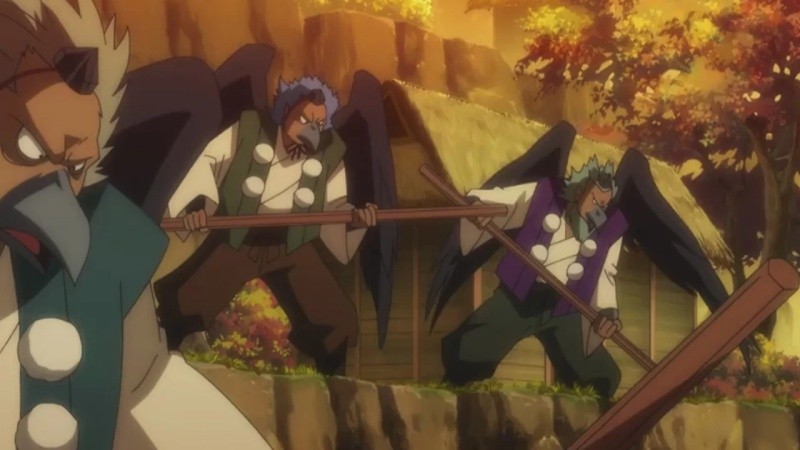
Konoha Tengu
You konoha tengu (木の葉天狗) has human features, but is endowed with wings and long noses. They were sometimes depicted carrying a feather. It was common to see masks representing his face at festivals.
His name has been found in several literatures, including essays and ghost stories of the Edo period. He is also called Sakai-tori. There is little information about this type of tengu, but it has been described in several ancient scriptures.
In the book "Kokusatojindan" by Kanpo period [1741-1744] describes him as a large bird, his wings resemble a Tobi, about 6 meters long, and when he senses the signal of a person, he immediately flees.
Tengu like a god
Tengu is usually seen as a demihuman or monster, but we mentioned in the article that he can also be considered a god. The famous Ootengo is an object of worship as a mountain god, he is reported in many mountains of Japan.
The Tengu were often represented as glowing birds, and were also called Matsumyo-maru and Ma-yen. This is the reason why Emperor Sutokujo, who became an evil spirit, is portrayed as the king of the Tengu.
The relationship with the mountain gods it is also very close, and it is said that there are always Tengu in the sacred mountains (so they are Yamabushi), and there are many areas where the mountain gods are they, but nicknamed as Daiba.
Even today, he is seen in the folklore of Mogami-gun of Yamagata Prefecture as a white-haired old man. In different regions of Japan people have different perspectives of a Tengu, some consider them a God.
The god Sarutahiko mentioned in Kojiki and Nihon Shoki is often co-merged with a Tengo because of his long nose. Even at festivals Sarutahiko is represented with the face of a tengu.
Tengu is also said to be a change from one of the eight members who protect Buddhist law, Karo Raten. A giant bird that appears in Indian mythology and is said to have golden wings spitting flames and feeding on dragons.
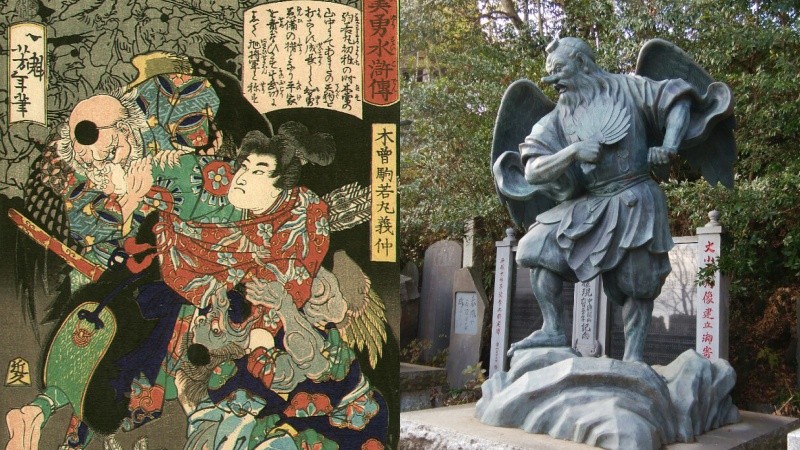
Legends and Presepadas of the Tengu
Seen as mountain demons, the Tengu were also tricksters, doing things like yokai, tricking people into entering the mountains with music, throwing stones at houses and frightening people in ghost form.
Everything mysterious and inexplicable that happened was attributed to the Tengu. Some even had people doing manifest skills like writing kanji. Many legends throughout history have emerged telling the stories of the Tengu.
In some legends, the Tengu caused blindness using their wings, kidnapped children, threw people from the sky, but there are also legends with their kind, protective, and helpers. They are also associated with martial arts, cited as creators of the Secret Arts as the Ninja art.
The Tengu are seen in different ways, today they are widely reported in anime, manga and games. If you want to know more about the appearance of these creatures in popular works, you can consult sites like TV Troops.



